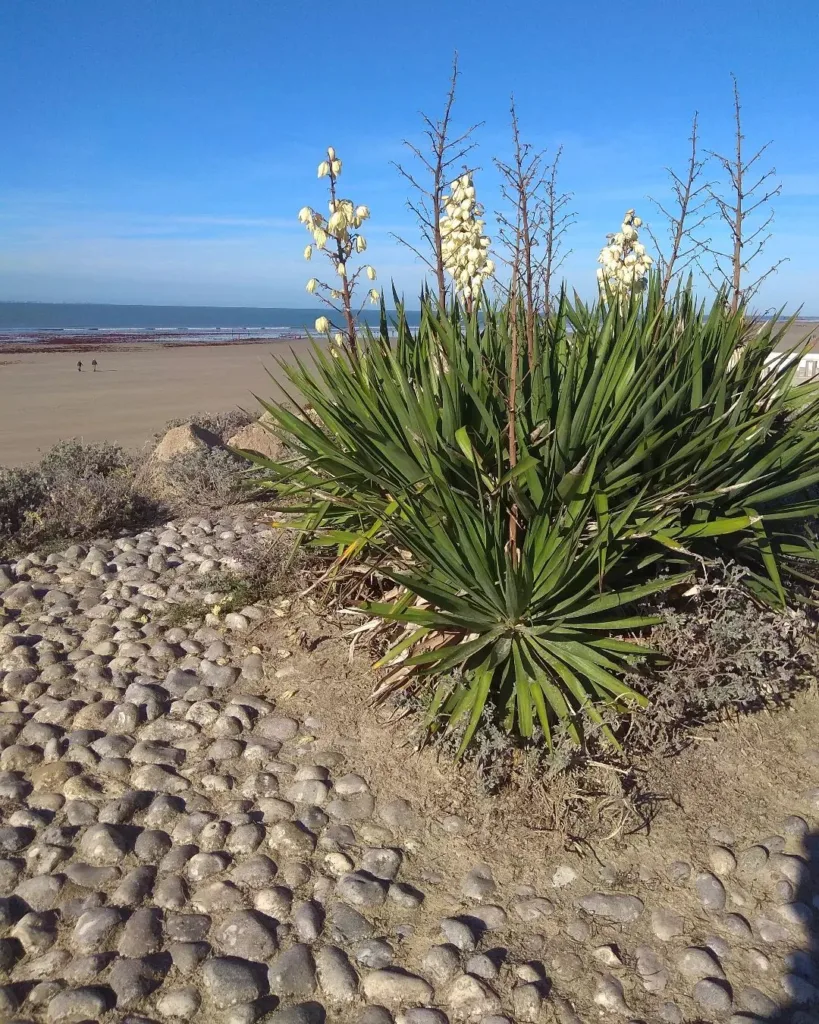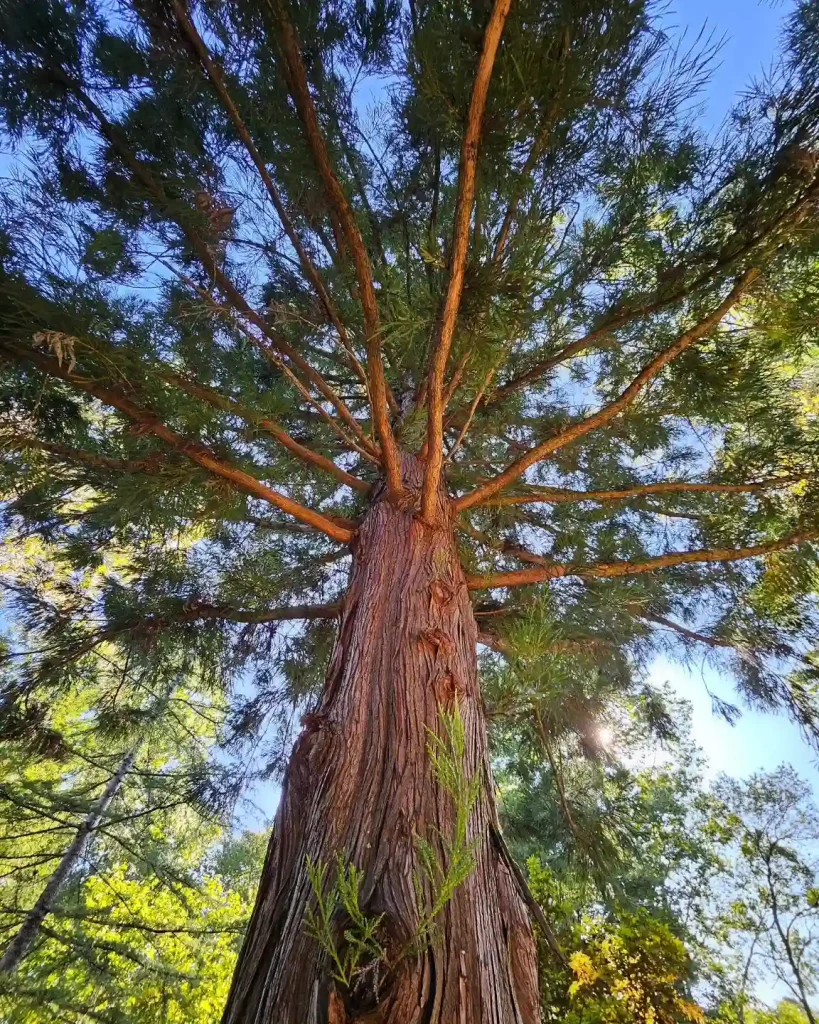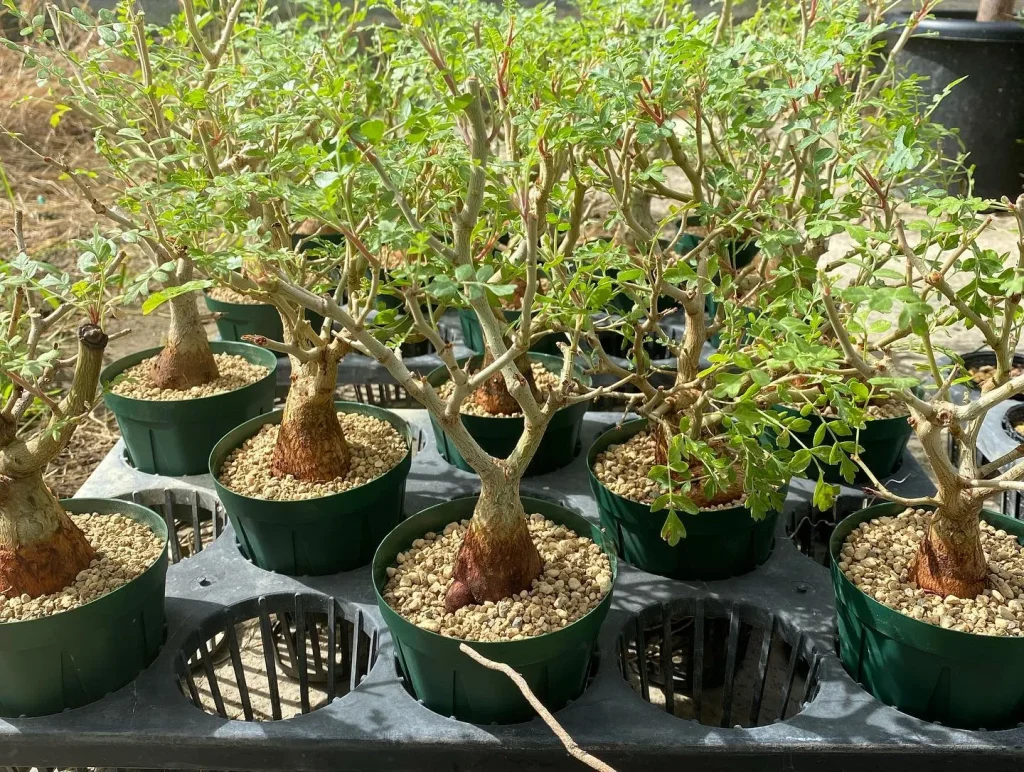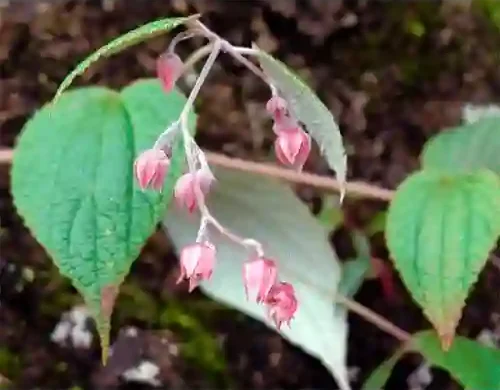FAQs About Rhus Lentii: Everything You Need to Know
As a passionate gardener and plant enthusiast, I’ve come across many fascinating plants, and Rhus Lentii is definitely one of them. Also known as the Lentisk Sumac, this shrub has some unique characteristics that make it stand out. If you’re curious about this plant, you’re in the right place. Here’s a comprehensive FAQ guide based on my experiences and observations.
56 Species in Genus Rhus – Sumac
What Is Rhus Lentii?
Rhus Lentii, or Lentisk Sumac, is a deciduous shrub native to Mediterranean regions. Known for its dense, evergreen foliage and bright red berries, it’s a visually appealing addition to any garden. This shrub can grow up to 10 feet tall and wide, making it a robust choice for creating privacy screens or windbreaks. It has a distinctive appearance with its lance-shaped leaves that turn a beautiful red in autumn.
How to Care for Rhus Lentii?
Caring for Rhus Lentii is relatively straightforward, and here’s what I’ve learned from my own gardening journey:
- Sunlight: This plant thrives in full sun to partial shade. For the best results, plant it where it can receive at least six hours of sunlight each day.
- Soil: Rhus Lentii prefers well-draining soil. While it can tolerate various soil types, it’s essential to avoid waterlogged conditions. Adding some sand or grit to your soil can improve drainage.
- Watering: Regular watering is crucial, especially during dry periods. However, it’s important not to overwater. The soil should be kept moist but not soggy.
- Fertilization: I’ve found that a balanced, slow-release fertilizer applied in early spring promotes healthy growth. Avoid over-fertilizing, as this can lead to excessive leaf growth at the expense of flowers and berries.
- Pruning: Pruning is best done in late winter or early spring before new growth begins. Trim back any dead or damaged branches to maintain the plant’s shape and encourage new growth.
How to Propagate Rhus Lentii?
Propagation of Rhus Lentii can be done through several methods:
- Seeds: Collect seeds from ripe berries in late autumn. Clean the seeds and sow them in a seed tray with well-draining soil. Keep them in a warm, sunny location. Germination can be slow, so be patient.
- Cuttings: Take semi-hardwood cuttings in late summer or early autumn. Use a rooting hormone and plant the cuttings in a mixture of sand and peat. Keep the cuttings in a humid environment until they develop roots.
What to Plant With Rhus Lentii?
Rhus Lentii pairs well with a variety of companion plants. Based on my experiences, here are some great options:
- Lavender: The contrasting colors and textures of lavender and Rhus Lentii create a stunning visual effect. Lavender’s drought tolerance also complements the sumac’s needs.
- Salvia: Salvias offer vibrant blooms that can enhance the overall aesthetic of your garden. They are also well-suited to similar soil and sunlight conditions.
- Rosemary: Rosemary’s woody stems and fragrant leaves provide a nice contrast to the lush foliage of Rhus Lentii. Both plants enjoy similar growing conditions.
Is Rhus Lentii Toxic?
Rhus Lentii is not considered toxic to humans or pets. However, the berries should be handled with care. While they are not poisonous, consuming them in large quantities may cause digestive discomfort. Always keep an eye on pets and children to prevent them from ingesting parts of the plant.
Benefits of Rhus Lentii
Rhus Lentii offers several benefits:
- Aesthetic Appeal: With its lush foliage and bright berries, it adds year-round interest to the garden.
- Privacy Screen: Its dense growth makes it an excellent choice for creating natural privacy screens or hedges.
- Wildlife Habitat: The berries attract various birds, making it a great addition for wildlife gardens.
Common Problems and Solutions
Like any plant, Rhus Lentii can face some issues:
- Pests: I’ve noticed occasional problems with aphids and scale insects. Regular inspection and appropriate insecticidal treatments can help manage these pests.
- Diseases: Fungal diseases can affect Rhus Lentii, especially in overly wet conditions. Ensuring good air circulation and avoiding overhead watering can reduce the risk of disease.
- Leaf Drop: This can occur due to environmental stress or poor soil conditions. Adjusting watering practices and improving soil quality often resolves this issue.
Comparing Rhus Lentii with Similar Plants
If you’re considering Rhus Lentii, you might also look at these similar plants:
- Rhus Typhina (Staghorn Sumac): Rhus Typhina is similar in appearance but has a more open growth habit and larger, more colorful flower clusters. It’s also known for its aggressive spreading, which might not suit all gardens.
- Rhus Aromatica (Fragrant Sumac): This plant is smaller and more compact than Rhus Lentii. It also has fragrant leaves and berries but might not provide as much visual impact.
In conclusion, Rhus Lentii is a versatile and attractive shrub that can enhance any garden. Its ease of care, aesthetic value, and suitability for various garden designs make it a great choice for many gardeners. Whether you’re looking for a privacy screen or a plant that adds seasonal interest, Rhus Lentii is worth considering.
If i die, water my plants!



